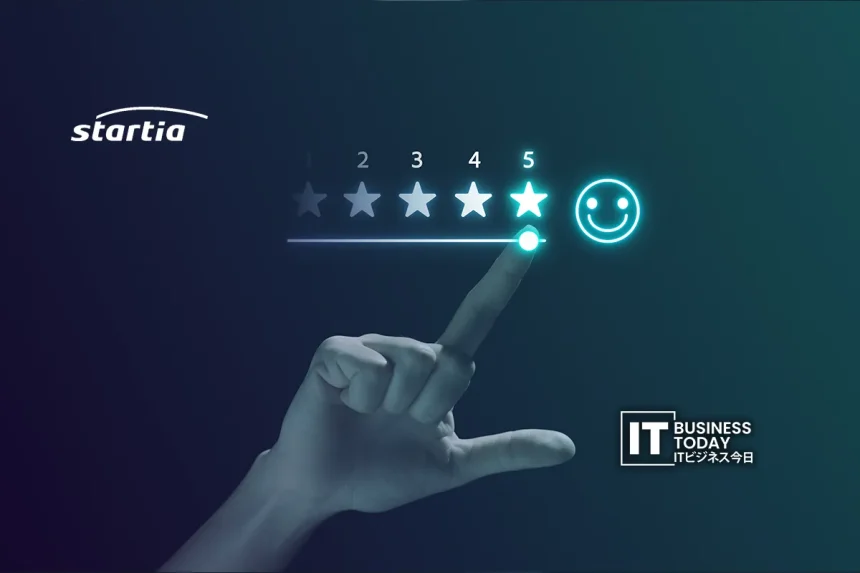Startia Holdings, Inc. is pleased to announce that it has become possible to build chatbots equipped with the advanced RAG (Search Augmentation Generation) technology “Knowledge Graph (Graph RAG)” using the AI chatbot “IZANAI Powered by OpenAI” provided by its consolidated subsidiary, Cloud Circus Inc.
Conventional RAG (Search Expansion and Generation) is a system in which materials likely to be related to the question are first searched for, and then the generative AI creates an answer based on the information found. Graph RAG is an approach that takes this search step even further, linking entities such as “people, organizations, products, dates and times” contained in the text as nodes (points) and building a knowledge graph, which can be thought of as a “knowledge correlation diagram,” in advance.
In conventional RAG (Search Expansion Generation), the document is divided into small parts, and answers are generated by selecting several pieces of text that are “similar” to the question in order from the top. However, this method has three major problems.
Because the context is cut off
and connections between sentences are lost, it becomes difficult to accurately grasp contextual information such as causal relationships, chronological order, and hierarchical structure.
Also Read: Zeals Inc Launches AI Service Agent for Duncan via LINE
Risk of noise contamination:
It is easy for content that is different from the intent of the question to be mixed in, which can lead to inconsistent answers and misunderstandings.
Increased processing load and costs:
The more text that is imported, the longer it takes to process and the higher the costs.
Graph RAG first searches for relevant information in response to a question, then narrows down the required information on the knowledge graph based on the relationships. The information is then summarized by AI to generate answers, achieving both efficient processing and highly accurate answers. This improves the comprehensiveness and consistency of FAQs, enabling chatbots to be operated with high accuracy and handle even complex business knowledge.
Knowledge graphs make use of the relationships and structures between pieces of information to enable the generation of answers that are more relevant to the context. They are particularly effective in use cases where the relationships between pieces of information are complex and there are multiple items to refer to. For example, in documents with multi-layered reference relationships, such as product manuals or legal documents, or in business knowledge where in-house work flows and procedures are hierarchically organized and comprehensive, knowledge graphs can provide precise responses that take into account the intent behind the question.
SOURCE: PRTimes







